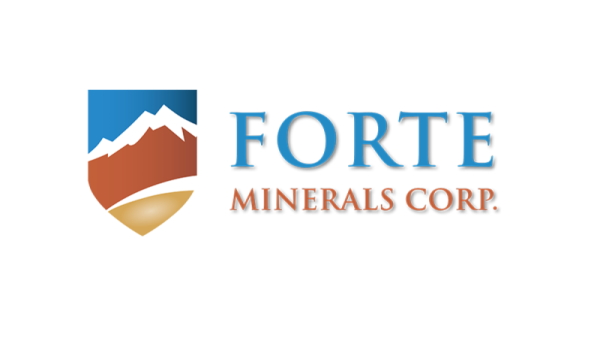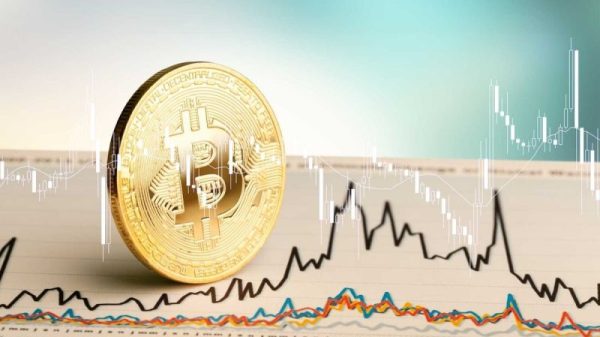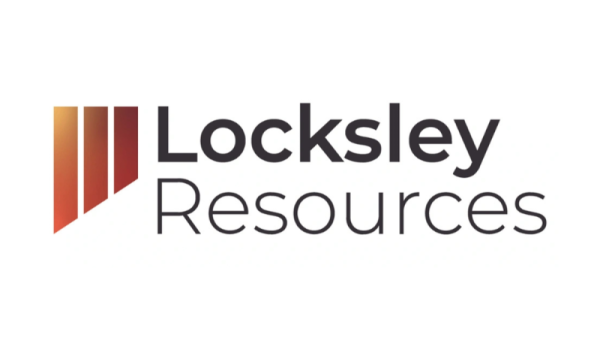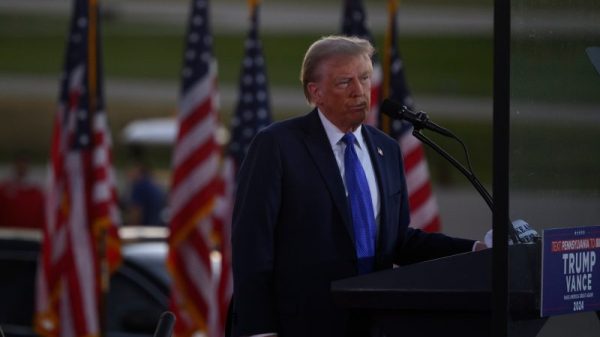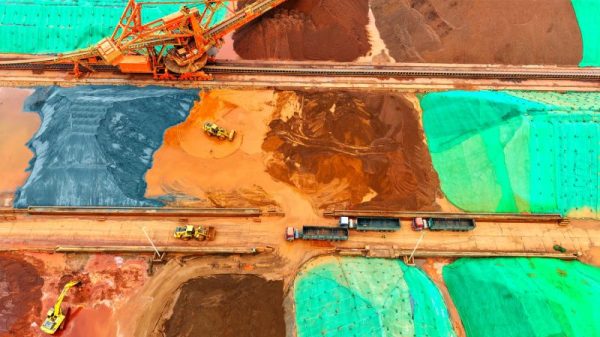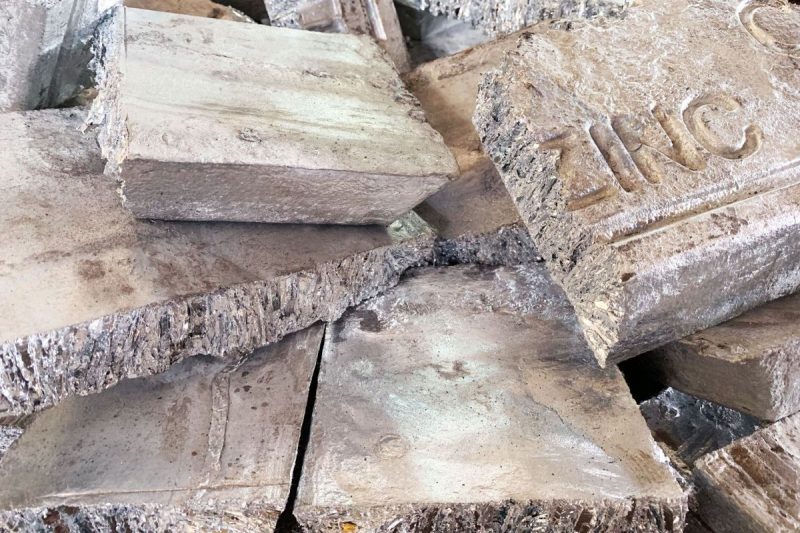2023 was volatile for zinc — as the bottom fell out of the market, it approached its lowest point since July 2020.
As 2024 began, the base metal’s price was in the US$2,500 per metric ton (MT) range, but it quickly slid to its year-to-date low of US$2,300 on February 5. Though zinc saw gains through March, it ended Q1 relatively flat.
Q2 began with zinc at US$2,479, but it quickly gained as momentum picked up across commodities markets. Zinc reached a year-to-date high of US$3,139 on May 21 before retreating to close the quarter at US$2,937 on June 28.
Zinc prices saw increasing downward pressure into July, and were at US$2,685 on August 1.
Zinc price chart, January 1 to August 8, 2024.
Chart via Trading Economics.
What factors drove zinc supply and demand in H1 2024?
Zinc was facing carried-over pressure from 2023 as the year began, still feeling the effects of a surplus.
In 2023’s fourth quarter, a number of zinc miners were forced to curtail output as high costs and low prices made production unsustainable. However, these closures and curtailments had little impact, and by the end of Q1, London Metal Exchange (LME) zinc stocks stood at 270,525 MT, up from 233,235 MT at the start of the year.
LME zinc stocks had only marginally decreased to 261,850 MT by the end of June.
The buildup in zinc stockpiles this year is supported by data released on June 19 from the International Lead and Zinc Study Group (ILZSG). It shows that refined metal production outpaced zinc demand from January to April. Refined metal production came to 4.52 million MT for the period, with only 4.34 million MT of demand in the market.
Even though refined metal increased year-on-year, mine production was down during the first four months of the year, with the ILZSG reporting that 3.76 million MT were extracted compared to 3.89 million MT during year-ago period.
This oversupply has had trickle-down effects, with treatment and refining charges collapsing at smelting operations.
In a May 9 report, Fastmarkets states that treatment charges at Chinese smelters had fallen precipitously during the first four months of the year, dropping from US$250 per MT in January to US$30 at the end of April. This caused some smelters to cut back production or switch to care and maintenance.
As a result, Chinese imports of zinc concentrate fell 24 percent year-on-year through the first four months of the year, with 1.18 million MT flowing in versus 1.54 million MT during the same period in 2023. Conversely, imports of refined material were 143,000 MT — more than four times the 35,000 MT imported in the beginning of 2023.
Falling treatment charges provided opportunities for some companies to take advantage of lower costs and sign on to longer-term deals. In early April, Canadian mining giant Teck Resources (TSX:TECK.A,TECK.B,NYSE:TECK) was able to strike a deal with Korea Zinc (KRX:010130) that will see Teck pay US$165 per MT for treatment for treatment charges — the lowest since 2021 and a 40 percent discount over 2023.
Zinc price falls after Q2 rally overshoots fundamentals
While zinc has faced headwinds in 2024, a rally saw the metal reach US$3,057 on May 20, a 15 month high.
The surge in pricing came alongside broad gains in commodities and was due to a number of factors.
“Risk-on investor buying led to a sharp rally in zinc prices in April and May, as bullish sentiment on future copper demand related to the energy transition and AI data centres boosted the LME basket of metals,” O’Cleary said.
Other factors that contributed to the run were rule changes in the Chinese market designed to boost its beleaguered housing sector. The changes included easing of mortgage requirements, allowing local governments to purchase unsold apartments and convert them to social housing and the establishment of a 300 billion yuan re-lending facility.
By the end of the quarter, the Chinese housing market had failed to improve — in fact, the slowdown in the sector had accelerated, with the value of new home sales in July slipping 19.7 percent from the same period one year earlier.
The rally also came alongside increasing speculation of an interest rate cut from the US Federal Reserve. Lower rates are expected to boost homebuilding, construction and manufacturing in the US, especially in markets connected to the energy sector, where supply remains tight and demand is increasing.
As it is used to make galvanized steel, increased demand from the real estate, construction and automotive sectors would provide a critical boost to zinc demand and prices.
However, ultimately for zinc the fundamental conditions weren’t there to sustain higher prices.
“Zinc’s price was briefly lifted above $3,100 / t but overshot fundamentals, in our view. While we expect the concentrates deficit to be supportive of zinc’s price this year, relatively high refined stocks and a wide contango point to a refined market that remains well supplied,” O’Cleary explained.
What will happen to the zinc price in 2024?
The conditions for zinc markets aren’t expected to see an immediate rebound. With investors now considering the impact of a near-term recession following the release of the US monthly jobs report for July that showed an unexpected weakening in the US labor market, commodity markets may not find the market support needed for gains.
This adds to stresses on an already volatile zinc market, but with market analysts already predicting a deeper cut to interest rates when the Fed meets in September, it could provide a critical boost to sectors that rely on zinc.
In the meantime, O’Cleary sees a market that will continue to remain flat, with the supply of zinc remaining restricted as a buildup in stockpiles begins to work through the market and fundamentals become more balanced.
“We expect zinc’s price to trade on either side of US$3,000 / t in H2,’ O’Cleary said.
‘A still-tight concentrate market will continue to negatively impact Chinese smelter profitability, and this could lead to an increase in China’s refined zinc imports,” she added.
Securities Disclosure: I, Dean Belder, hold no direct investment interest in any company mentioned in this article.


